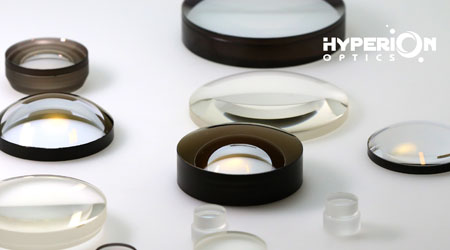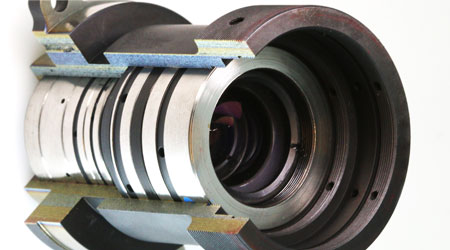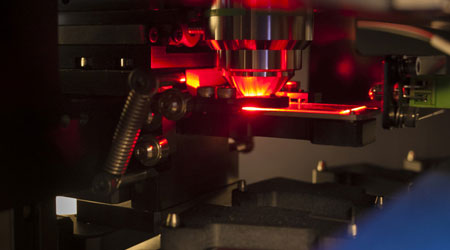Optical technology has witnessed significant advancements in recent years, paving the way for innovative solutions that push the boundaries of scientific research and industrial applications. Among these revolutionary developments, the rise of half-ball lenses has garnered considerable attention. In this article, we will delve into the world of half-ball lenses, revealing their composition, functionality, and applications, ultimately uncovering their role in shaping the future of optics.
Half-ball lenses, as the name suggests, are spherical optical components composed of half a sphere. Constructed from high-quality optical glass materials, these lenses possess a precisely shaped convex surface, while the other side is flat. This unique configuration allows light to focus or disperse depending on the lens's orientation.
Half-ball lenses exhibit fascinating optical properties, primarily due to their curvature and symmetry. When light passes through the convex surface, it undergoes a process called refraction. Refraction occurs when light transitions from one medium to another, causing the light rays to bend. The bending of light rays enables a range of applications, from focusing light to collimating or dispersing it over a specific area. This versatility makes half-ball lenses valuable tools in various industries, from scientific research to telecommunications.
Half-ball lens find extensive usage across a multitude of industries, owing to their ability to manipulate light effectively. Let's explore a few notable applications:
Optoelectronics
Within the realm of optoelectronics, half-ball lenses are frequently employed in coupling fiber-optics, directing and expanding laser beams, and creating optical systems with enhanced performance. The precision and high-quality optical attributes of half-ball lenses enable optimal light coupling and efficient management of light energy.
Biomedical Imaging
Half-ball lenses play a crucial role in biomedical imaging techniques such as confocal microscopy, fluorescence microscopy, and endoscopy. These lenses contribute to focusing light onto a specific region, improving image resolution and providing valuable insights into biological samples.
Telecommunications
Telecommunication systems rely heavily on efficient light management. Half-ball lenses facilitate coupling and focusing light in fiber-optic networks and laser diodes, ensuring reliable data transmission and optimal performance.
Leading the charge in optical innovation, Hyperion Optics has established itself as a prominent manufacturer and supplier of high-precision optical components, including half-ball lens. With cutting-edge manufacturing techniques and meticulous quality control, Hyperion Optics delivers half-ball lens with exceptional surface accuracy and optimal performance, meeting the demands of various industries.
As we conclude our exploration into the world of half-ball lens, their significance and impact on modern optical systems become evident. These spherical marvels offer immense versatility, catering to diverse industries where precision optics play a pivotal role. With Hyperion Optics leading the way in manufacturing excellence, the evolution of half-ball lens shows no signs of slowing down. It's an exciting time in optics, as these lens continue to enable new discoveries and push the boundaries of what is possible in the world of light manipulation.
 Call us on:
Call us on:  Email us:
Email us:  R&D Center: 9B-4F 401,No.1 Qingnian Road Liando U Valley,Yuhua International Wisdom Valley, Nanjing, 210039 China
R&D Center: 9B-4F 401,No.1 Qingnian Road Liando U Valley,Yuhua International Wisdom Valley, Nanjing, 210039 China









 English
English  cn
cn  de
de  es
es  fr
fr 


